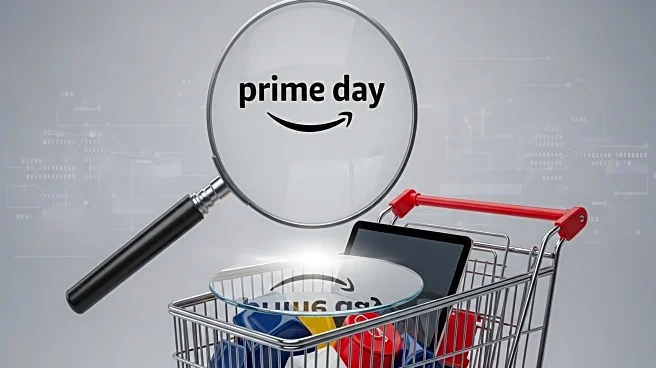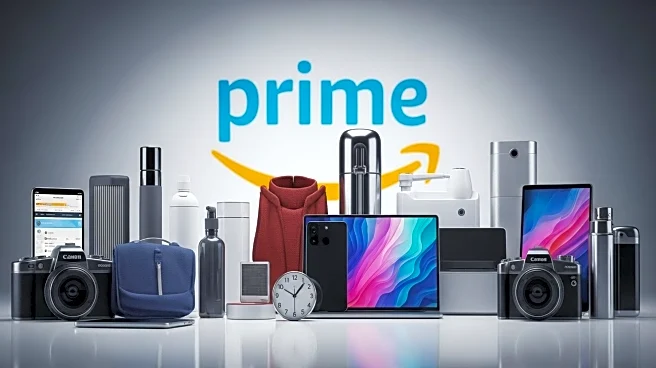What's Happening?
A Washington Post technology columnist has revealed findings that question the value of Amazon's Prime Day sales. After tracking non-grocery purchases over six months, the columnist found that buying the same products during Amazon's 'Big Deal Days' would have resulted in savings of only 0.6%. This analysis does not account for the $139 annual fee required for Amazon Prime membership. The report suggests that the advertised savings during Prime Day may not be as significant as consumers are led to believe, raising concerns about the transparency of pricing strategies employed by Amazon.
Why It's Important?
The findings could impact consumer trust in Amazon's promotional events, which are heavily marketed as opportunities for significant savings. If consumers perceive these sales as misleading, it could affect Amazon's reputation and sales performance during future events. The report also highlights broader issues within retail pricing strategies, where perceived discounts may not always translate into actual savings. This could lead to increased scrutiny from consumer advocacy groups and calls for more transparent pricing practices in the retail industry.
What's Next?
Amazon may face pressure to address these concerns and provide clearer information about pricing and discounts during promotional events. Consumers might become more cautious and critical of advertised sales, potentially affecting their purchasing decisions. Retailers, including Amazon, may need to reassess their marketing strategies to maintain consumer trust and engagement. The issue could also prompt discussions on regulatory measures to ensure fair pricing practices in the retail sector.
Beyond the Headlines
The report raises ethical considerations about marketing practices and consumer rights. Companies are expected to provide honest and transparent information to consumers, and misleading pricing strategies can undermine trust. The situation may lead to increased advocacy for consumer protection laws and regulations to ensure fair and transparent marketing practices. Long-term, this could influence how retailers approach promotional events and pricing strategies.












